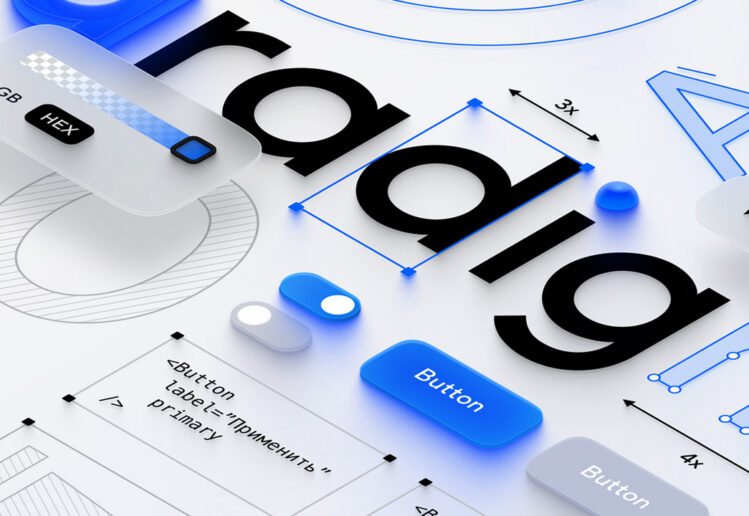In the ever-evolving world of UI/UX design, creating a design system has emerged as a game-changer. A design system is a comprehensive set of guidelines, components, and principles that enable designers and developers to create cohesive and consistent user experiences across various platforms and products.
Design systems have revolutionized the world of UI/UX design, offering numerous benefits such as consistency, efficiency, and improved collaboration. They become essential in scenarios where scalability, cross-functional teams, and branding/rebranding are involved.
However, for smaller-scale projects or solo designers working on personal projects, a formalized design system may not be necessary. Nevertheless, drawing inspiration from existing design systems can still be valuable in maintaining consistency and best practices.
Prominent design systems like Material Design, IBM Carbon Design, and Salesforce Lightning Design System have made a significant impact in the industry. Material Design, with its visually appealing and intuitive interface guidelines, has become a standard for many applications across different platforms.
IBM Carbon Design, known for its focus on accessibility and inclusivity, ensures that IBM’s products are usable by a wide range of users. Salesforce Lightning Design System offers a robust framework specifically tailored to enterprise-level applications within the Salesforce ecosystem.
The implementation of a design system brings numerous benefits to the field of UI/UX design. The establishment of consistency, efficiency, and improved collaboration are some of the key advantages. However, the necessity of a design system depends on factors such as project scale, team structure, and branding requirements.
It is important to evaluate the specific needs of a project before committing to the development and maintenance of a design system. By understanding when and why a design system is beneficial, designers can leverage its power to streamline creativity and deliver exceptional user experiences.

